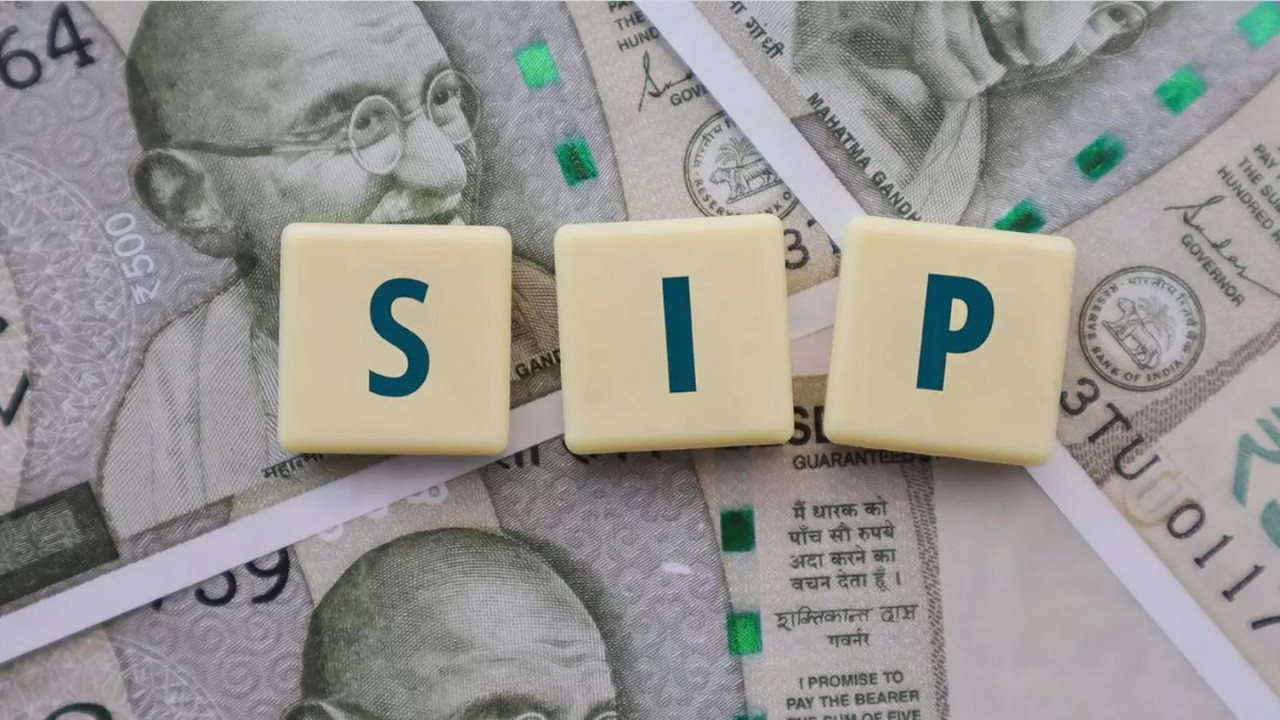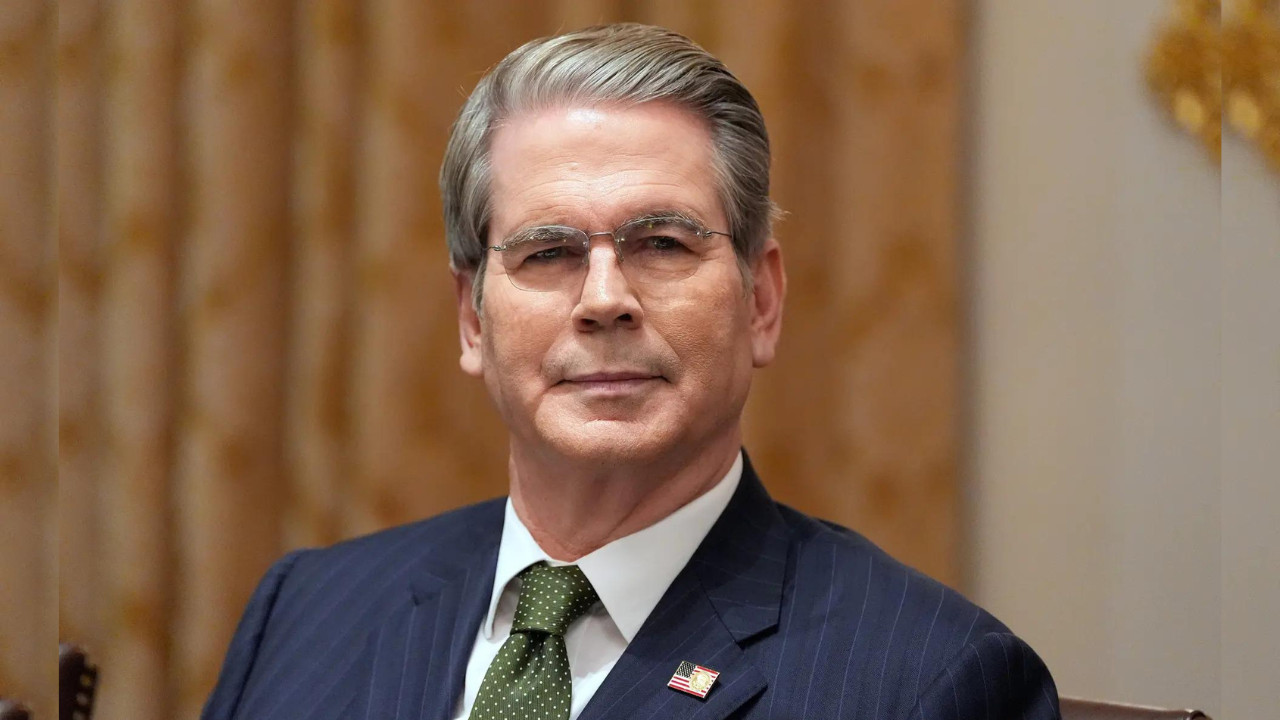The India-EFTA free trade agreement, effective Wednesday, will make Swiss products like wines and watches cheaper in India. It also boosts market access for India’s labor-intensive exports such as textiles and marine products in EFTA nations. This pact offers strategic benefits for India’s electronics sector and phased duty reductions on various goods.
Your Swiss Fix Just Got Easier: Unpacking India’s New Trade Deal
Remember that time you hesitated before grabbing that Swiss chocolate bar, thinking about the dent it would make in your wallet? Or perhaps you’ve dreamt of owning a beautifully crafted Swiss watch, but the price tag felt like scaling the Alps themselves? Well, things just got a little sweeter (and potentially more stylish!) thanks to India’s new trade agreement with the European Free Trade Association (EFTA).
The ink is dry, the paperwork’s filed, and the doors are officially open for a new era of commerce between India and the four-nation bloc of Switzerland, Norway, Iceland, and Liechtenstein. What does this mean for you, the average consumer, and for Indian businesses looking to expand their horizons? Let’s dive in.
More Than Just Chocolate: What’s Getting Cheaper?
While the prospect of more affordable Swiss chocolate is undoubtedly exciting (who can resist that creamy goodness?), the benefits of this trade pact extend far beyond the confectionery aisle. Expect to see price drops on other coveted Swiss goods, including fine wines, high-end apparel, and precision machinery. Switzerland, known for its quality craftsmanship and innovative products, offers a range of goods that have historically been priced out of reach for many Indian consumers due to hefty import duties.

Think about it: a sleek, Swiss-designed watch might finally be within reach. Or perhaps you’ll be able to stock your cellar with a few more bottles of crisp, elegant Swiss wine. The removal or reduction of tariffs on these goods will make them significantly more accessible, opening up a world of possibilities for those with a taste for the finer things in life.
India’s Export Advantage: A Gateway to New Markets
This isn’t just a one-way street, though. The trade agreement is designed to provide Indian exporters with improved access to EFTA markets. This is a significant opportunity for Indian businesses to showcase their products and services to a new, affluent consumer base.
The deal promises to reduce or eliminate tariffs on a wide range of Indian goods entering the EFTA countries. This levels the playing field and makes Indian products more competitive against those from other nations. Imagine the potential for growth in sectors like textiles, pharmaceuticals, and even agricultural products. This means more opportunities for Indian manufacturers, farmers, and entrepreneurs to expand their operations, create jobs, and contribute to the overall economic growth of the nation. The India-EFTA trade deal is anticipated to boost our nation’s exports significantly.
Navigating the Nuances: What to Watch Out For
Of course, trade agreements are rarely simple. There will be a period of adjustment as businesses on both sides adapt to the new rules and regulations. It’s important to remember that the full impact of the agreement won’t be felt overnight. Tariffs are often phased out gradually over a number of years, so the price reductions on Swiss chocolate might not be immediate.
Furthermore, businesses will need to familiarize themselves with the specific requirements for exporting to and importing from the EFTA countries. This includes understanding customs procedures, quality standards, and other regulatory hurdles. To further understand trade dynamics, consider exploring resources on [international trade agreements](internal-link-to-related-content).
A Win-Win Scenario? The Potential for Long-Term Growth
The hope is that this trade agreement will foster a mutually beneficial relationship between India and the EFTA nations. By reducing trade barriers and promoting closer economic cooperation, both sides stand to gain from increased trade, investment, and innovation.
For India, this agreement represents a significant step towards becoming a more integrated player in the global economy. It opens up new opportunities for Indian businesses to compete on the world stage and attract foreign investment. For the EFTA countries, it provides access to a large and rapidly growing market, with a young and dynamic population.
Ultimately, the success of this trade agreement will depend on how effectively businesses and governments on both sides are able to implement and utilize the new framework. But the initial signs are promising. So, the next time you’re craving a taste of Swiss chocolate, or eyeing that beautifully crafted watch, remember that this new trade deal could make your dreams a little more attainable.
The Bottom Line: Opportunity Knocks with India-EFTA Trade
The new trade agreement between India and the EFTA nations marks a pivotal moment in international commerce. By lowering barriers and fostering collaboration, this partnership holds the potential to unlock significant economic opportunities for both regions. The resulting increase in trade and investment promises benefits for businesses and consumers alike. By capitalizing on the opportunities presented by this agreement, India solidifies its position as a major player in the global marketplace.







